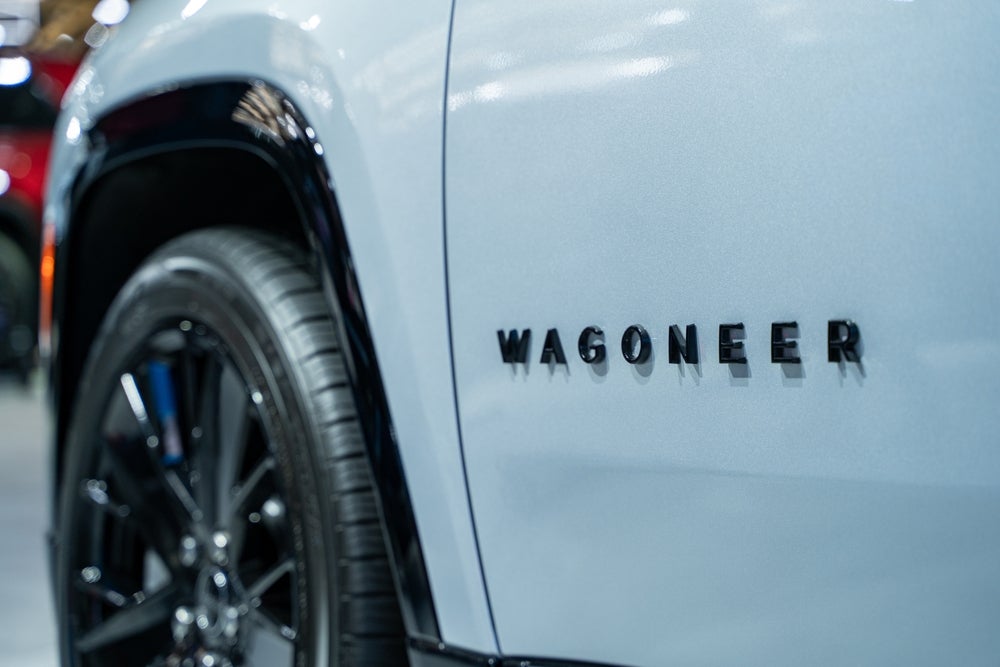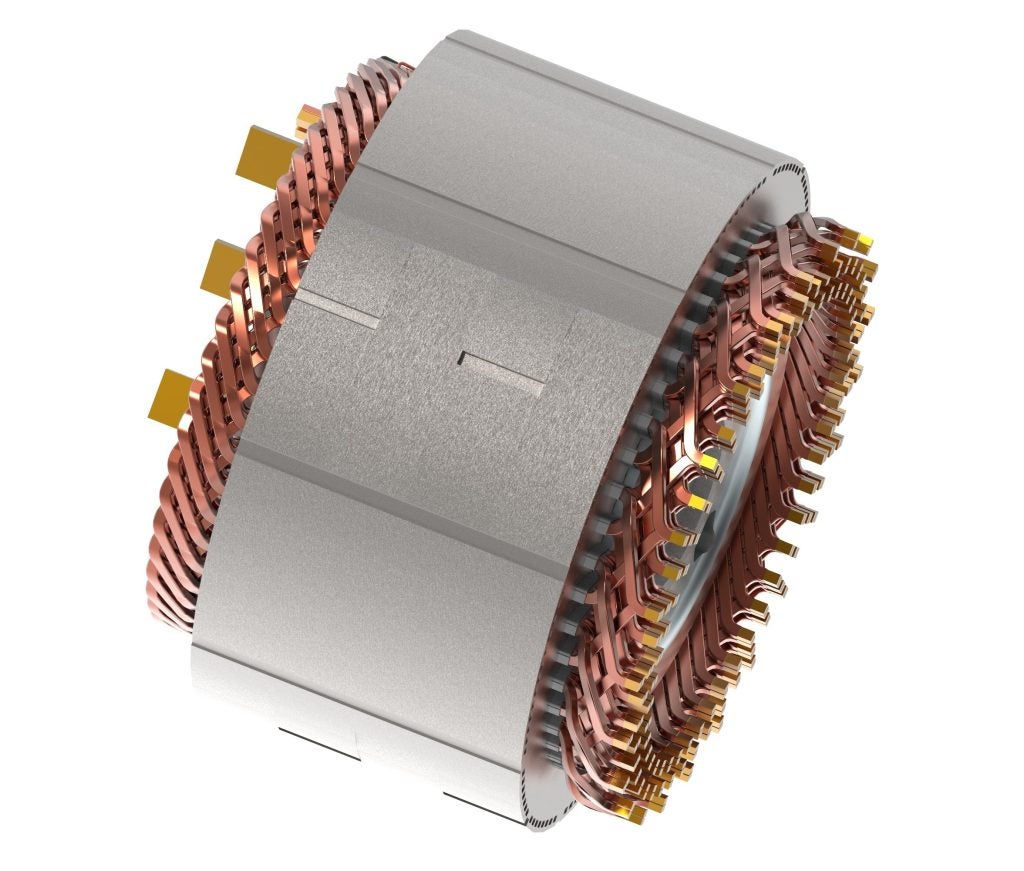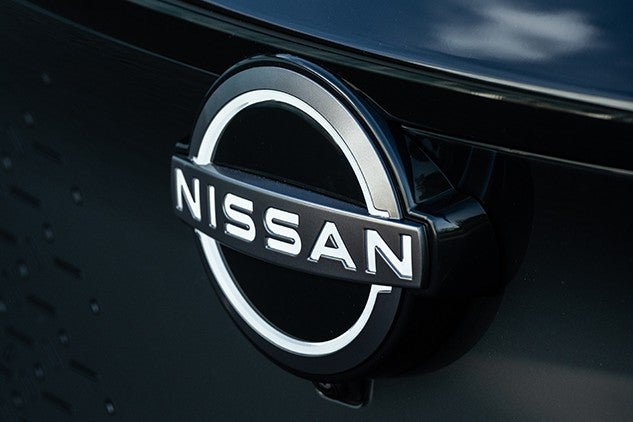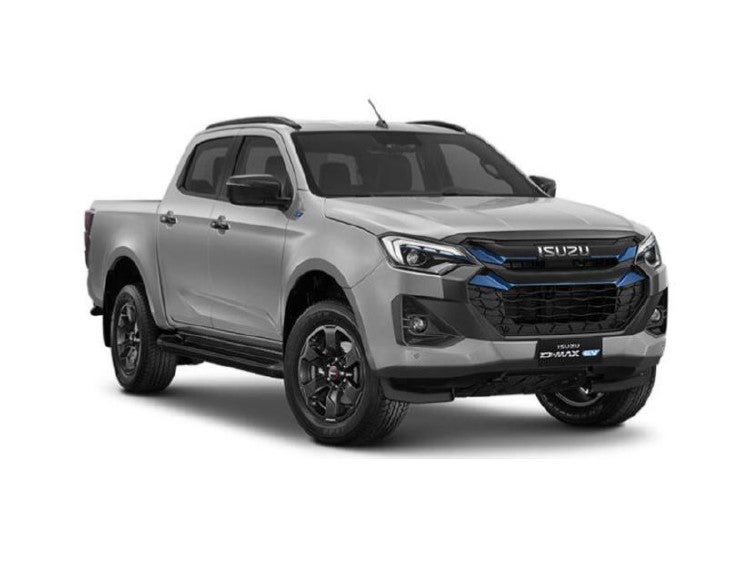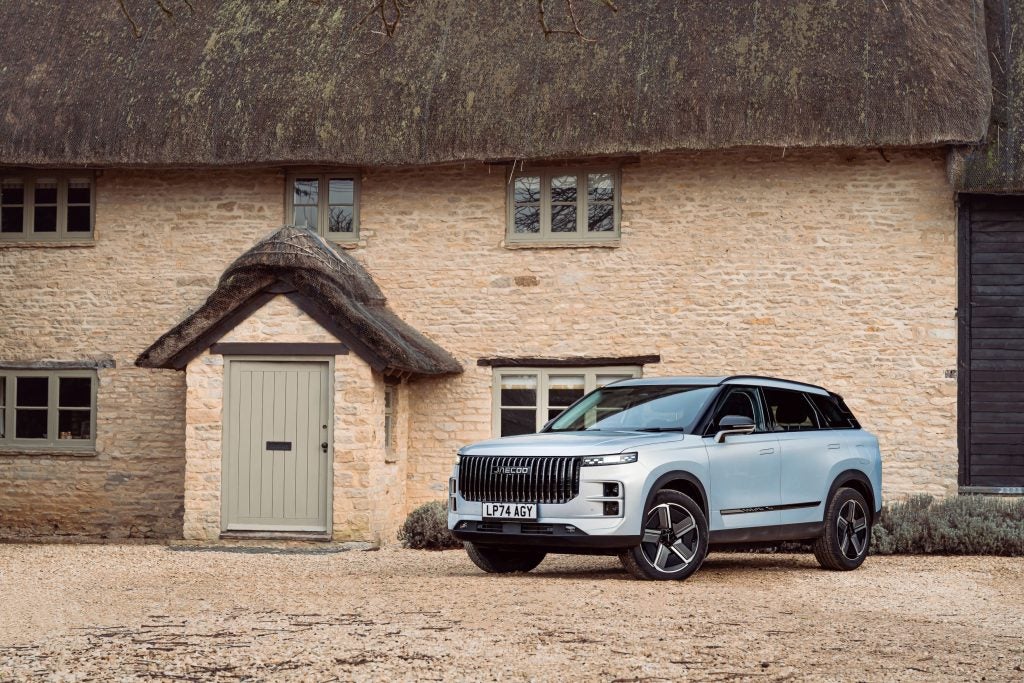News that Stellantis lost $2.7 billion (€2.3 billion) in the first six months of 2025 drew headlines recently, with a good deal of the media coverage focusing on the impact of the US administration’s tariffs. While this is certainly an important factor, Stellantis’s problems run deeper than US import taxes.

Looking at the US market specifically, Stellantis’s sales have been crumbling for years. In 2019, the OEM sold almost 2.2 million units, but its volumes have declined every year since, falling to just 1.29 million units in 2024. Meanwhile, its market share also slumped from almost 13% in 2019 to 8% in 2024. As a result, Stellantis has slipped behind competitors such as Hyundai Group and Honda Group, and is now only the sixth-bestselling OEM in the US. Results in the first half of 2025 suggest that there is no immediate relief on the way for the Detroit-based automaker.
The reasons for Stellantis’s fall have been well-documented. Perhaps the single largest misstep was the attempt to make Jeep a more upmarket (in other words, expensive) brand, with once-popular models such as the Jeep Cherokee and Jeep Renegade being allowed to wither as the brand focused on developing Electric Vehicles (EVs) such as the Wagoneer S and the upcoming Recon. At the same time, the Ram 1500 Pickup has struggled, with volumes crashing from 462k units in 2019 to just 191k units in 2024. The 1500 is another model that has not received a significant update since 2018, and yet its entry-level version is priced above its main rivals. An all-electric 1500—originally slated for a 2024 release—will now not be launched until 2027. In addition, the debut of the Ram Supercharger, an Extended Range Electric Vehicle (EREV) variant of the 1500, has been delayed to 2026.
Stellantis’s EV-focused strategy may have appeared sound just a few years ago, but as demand for EVs has failed to accelerate in the US, and federal tax credits worth $7,500 are disappearing at the end of September, Stellantis is now somewhat exposed. While a lot of attention has been devoted to EVs, the rest of the automaker’s portfolio is lacking in freshness and curb appeal.
Of course, Stellantis is aware of this and has plans to address its US decline under new CEO, Antonio Filosa. A new Jeep Cherokee is on the way, while a gas-powered Dodge Charger will join its electric counterpart soon. Ram will seek to remedy poor 1500 sales through the return of the Hemi V8 engine, which was popular with customers, as well as unleashing more fleet sales. The counterpoint would be that the Hemi will only be available on pricier trims of the 1500—likely limiting sales—while Stellantis overall has aimed to increase more profitable retail sales, rather than relying on fleet to prop up volumes.
With all this in mind, is there something more radical Stellantis could do to improve its fortunes in the US? Former CEO Carlos Tavares hinted previously that underperforming brands could be scrapped, and although it is not clear what approach his successor will take, there is no doubt that Stellantis’s sprawling stable of brands creates a managerial headache.
In the US, 81% of the group’s sales were supplied by Jeep and Ram in the first six months of 2025, yet five other nameplates—Alfa Romeo, Chrysler, Dodge, Fiat and Maserati—were represented in the market. Leaving aside Chrysler and Dodge for a moment, the remaining brands—Alfa Romeo, Fiat and Maserati—sold fewer than 6k units combined in H1 2025. On that basis, is it still worth Stellantis offering these nameplates in the US, or is the juice not worth the squeeze?

As far as Stellantis’s most historic American brands are concerned, there is a logical path that could be followed; one that would avoid the public outcry that could result from retiring beloved names such as Chrysler and Dodge. The delineations between the brands can already be seen—Jeep provides SUVs, Ram offers Pickups and Vans, and Dodge focuses on Muscle Cars. Currently, Chrysler only sells Minivans. While the plans for Chrysler are not completely clear, it could remain a specialist outlet for MPVs.
Stellantis’s strength is that none of its competitors can boast such a comprehensive spectrum of vehicles to suit every need. The OEM’s weakness is that it is currently forced to pour resources into niche vehicle types, while it lacks a competitive model in key segments such as Compact SUVs. If each brand “stays in its lane”, volumes for the likes of Chrysler and Dodge may be destined to remain modest indefinitely, but an even greater degree of specialization could result in higher-quality products.
Ultimately, the status quo is not working for Stellantis in the US, and it would not be surprising to see more questions being raised over the future of Chrysler and Dodge in the coming years. Antonio Filosa will need to decide if the time has come for Stellantis to do less, but do it better.
David Oakley, Manager, Americas Vehicle Sales Forecasts
This article was first published on GlobalData’s dedicated research platform, the Automotive Intelligence Center.


